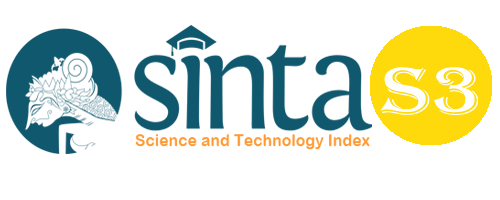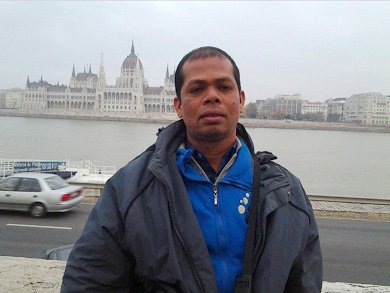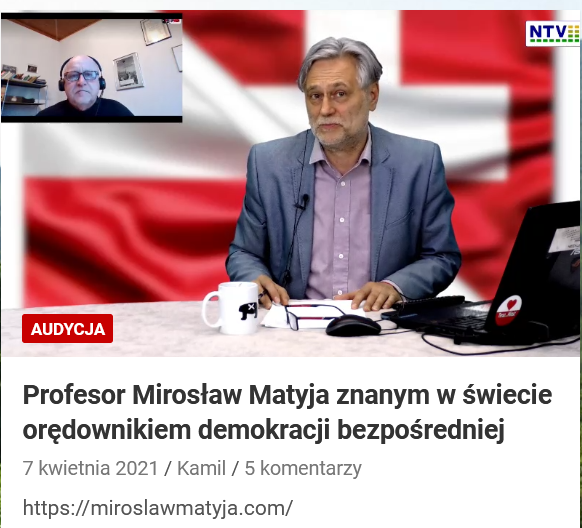“Kemoq” as A Traditional Method of Sasak People Explaining and Interpreting Literary Texts
Abstract
This article examines how the application of 'kemoq' as a method of explanation andinterpretation in literary discourses/texts in the Sasak ethnic group and looks at its position in relation to the concepts of literary criticism that have developed in modern literature. Sasak are ethnic groups or tribes that inhabit the island of Lombok, NTB. Most of the Sasak people are Muslim, so Islamist culture is quite visible in the literary texts that developed in the area. These texts play a fairly central role in the process of spreading religious teachings in the area and usually the parties who carry out the transformation process are community leaders who are recognized as having broad abilities and understanding of religion and the concept of life in general. These community leaders have been present and played a role before the presence of the teachers who currently play a very central and dominant role. the texts, which were read in the Mewacan (Mocopatan) program, are still written on palm leaves with the inscription Jejawan. To understand it, these figures usually apply the Kemoq method. This method is closely related to the play of words and sounds as long as it has a meaning that is more or less supportive of the initial concept of the interpreter, so that the meaning is very subjective, relative, and situational. However, with the application of this method the text message will develop and be easily understood by the audience.
Keywords
Full Text:
PDFReferences
Abrams, M.H. 1976. The Mirror and the Lamp. London: Oxford University Press.
Afriadi, Z., Arifuddin, A., & Nuriadi, N. (2021, May). The Implementation of Authentic Assessment in Speaking Skills at MTS As-Suyuthy Ireng. In 2nd Annual Conference on Education and Social Science (ACCESS 2020) (pp. 241-244). Atlantis Press.
Endraswara, S. 2003. Metodologi Penelitian Sastra: Epistemologi, Model, Teori, dan Aplikasi. Cetakan Ketiga. Yogyakarta: Pustaka Widyatama.
Faruk, H.T. 1994. Pengantar Sosiologi Sastra; dari Strukturalisme Genetik Sampai Pos-Modernisme. Yogyakarta: Pustaka Pelajar.
Jannah, R., Putri, B. G. Y., Samsudin, S., Rahman, Y. A., & Nuriadi, N. (2021). Promosi Dan Pemasaran Dalam Pengembangan Taman Wisata Edukasi Jabal Rahmah Desa Jango Kecamatan Janapria. Jurnal Pengabdian Magister Pendidikan IPA, 4(1).
Luxemburg, JV, dkk. 1989. Pengantar Ilmu Sastra. Alih bahasa oleh Dick Hartoko. Jakarta: Gramedia.
Mahsun, M.S. 2007. Dialektologi. Yogyakarta: Gama Media.
Mahsun, MS. 2012. “Othak Athik Gathuk: Semiotika ala Jawa”. Diakses dari www.wordpress.com.2012/02/23.
Nuriadi, N., & Melani, B. Z. (2021). The ways of self-reliance development: comparative study of the old man and the sea and Robinson Crusoe. Linguistics and Culture Review, 5(S2), 1533-1547.
Purba, N. (2020). The Use of Simalungun Language by Anak Boru Sanina in the Simalungun Wedding Ceremony (Sociolinguistic Studies). Lakhomi Journal: Scientific Journal of Culture. 1-7
Zain, M. I., Muhaimi, L., & Nuriadi, N. (2022). The Maintenance of Sasak Alus Language in Noble Families at Kotaraja Village. International Journal of Multicultural and Multireligious Understanding, 8(12), 639-646.
DOI: https://doi.org/10.33258/birci.v5i1.4147
Article Metrics
Abstract view : 52 timesPDF - 23 times
Refbacks
- There are currently no refbacks.

This work is licensed under a Creative Commons Attribution-ShareAlike 4.0 International License.

This work is licensed under a Creative Commons Attribution-ShareAlike 4.0 International License.

_.gif)

















_.gif)



